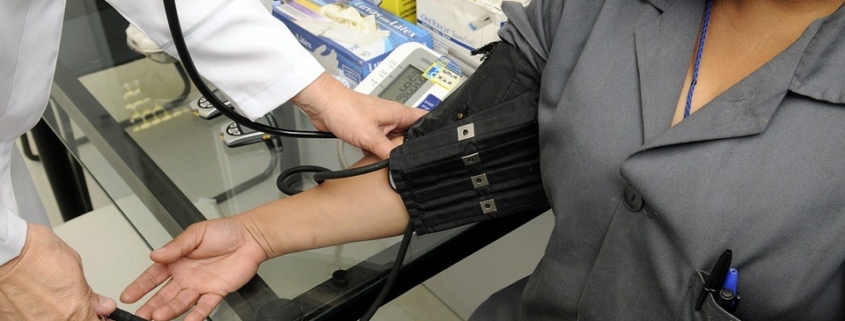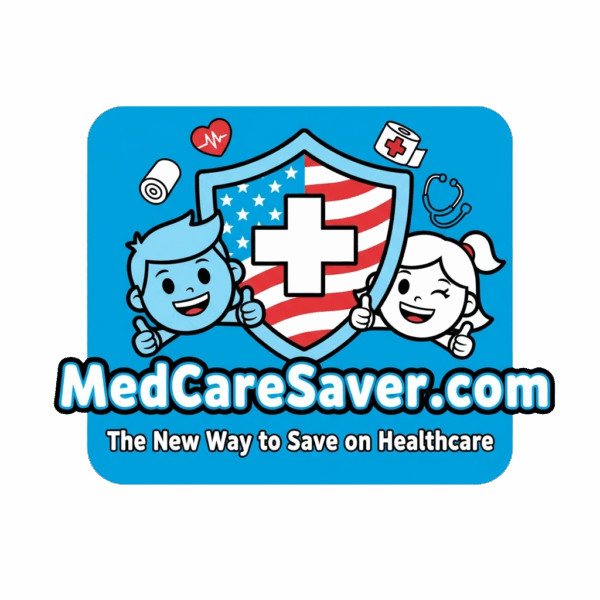Navigating Healthcare: Top 10 Tips for Seeking Reliable Medical Advice
[ad_1]
Introduction
As healthcare systems around the world evolve, the focus is increasingly shifting toward preventive medicine. This approach emphasizes the importance of preventing diseases before they occur, rather than merely treating them after they develop. By implementing strategies aimed at reducing risk factors, improving public health, and enhancing overall well-being, preventive medicine can lead to a healthier population and reduce healthcare costs significantly.
Understanding Preventive Medicine
Preventive medicine encompasses a range of interventions designed to prevent disease, promote health, and prolong life. This includes:
-
Primary Prevention: Efforts aimed at preventing the onset of disease. This can be achieved through vaccinations, lifestyle modifications (such as diet and exercise), and health education.
-
Secondary Prevention: Early detection and prompt treatment of diseases. Regular screenings for conditions like cancer, hypertension, and diabetes fall under this category.
- Tertiary Prevention: Focused on managing and reducing the impact of existing diseases. Rehabilitation programs and pain management are examples of tertiary preventive measures.
Benefits of Preventive Medicine
-
Reduced Healthcare Costs: By preventing diseases, healthcare systems can avoid the high costs associated with treating advanced illnesses. This can lead to significant savings for both individuals and society.
-
Improved Quality of Life: Preventive care helps individuals maintain their health and well-being, allowing them to enjoy a higher quality of life free from chronic illnesses.
-
Increased Longevity: The adoption of preventive measures can lead to a longer lifespan. Public health campaigns that promote vaccination, healthy lifestyles, and regular check-ups have shown to extend life expectancy in populations.
- Enhanced Community Health: Preventive medicine contributes to the overall health of communities. When individuals take steps to improve their health, it often leads to healthier communities with fewer disease outbreaks.
Challenges in Implementing Preventive Medicine
Despite its numerous benefits, the implementation of preventive medicine faces several challenges:
-
Awareness and Education: Many people are unaware of the importance of preventive healthcare. Increased education efforts are essential to inform the public about the benefits and availability of preventive measures.
-
Access to Healthcare: Disparities in access to healthcare can hinder preventive efforts. Underprivileged communities often lack access to necessary resources, making it crucial to address these gaps.
-
Behavioral Factors: Lifestyle choices such as poor diet, lack of exercise, and smoking can be difficult to change. Interventions aimed at changing behavior are essential but often challenging to implement successfully.
- Policy and Funding: Effective preventive medicine requires adequate funding and supportive policies from government and healthcare organizations. Advocacy for such policies is vital for the long-term success of preventive initiatives.
The Role of Technology in Preventive Medicine
Advancements in technology are playing an increasingly pivotal role in preventive medicine. Telemedicine, mobile health apps, and wearable devices that track health metrics (like heart rate and physical activity) have made it easier for individuals to engage in their health proactively. Big data analytics can identify health trends and risks within populations, facilitating targeted preventive measures.
Conclusion
Preventive medicine is a critical component of modern healthcare that aims to improve health outcomes, reduce costs, and enhance the quality of life for individuals and communities. While challenges remain in its implementation, the benefits far outweigh the obstacles. As awareness increases and technology advances, preventive medicine stands to reshape the healthcare landscape into a more proactive and health-focused system. Investing in preventive measures today can create a healthier future for tomorrow.
[ad_2]













Leave a Reply
Want to join the discussion?Feel free to contribute!